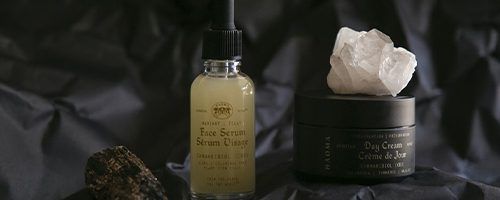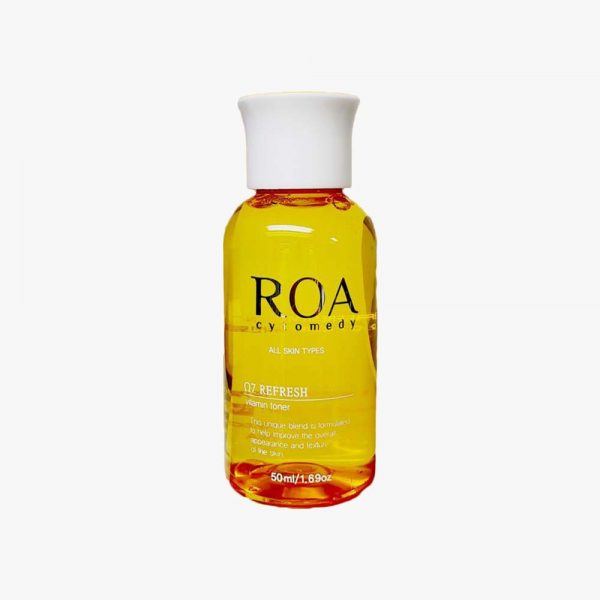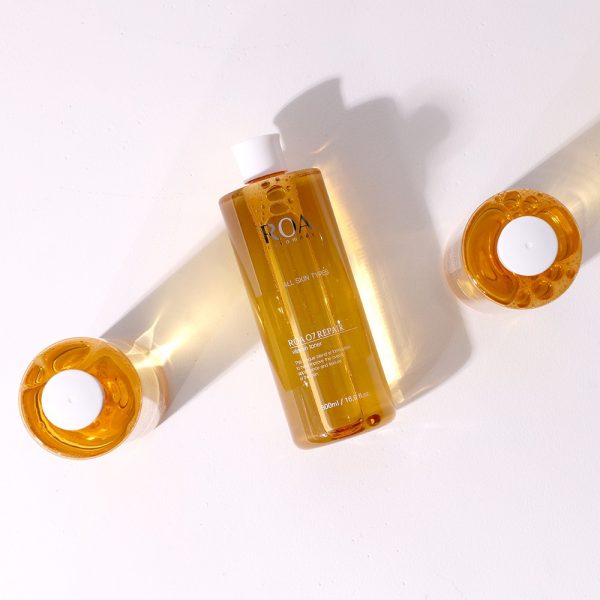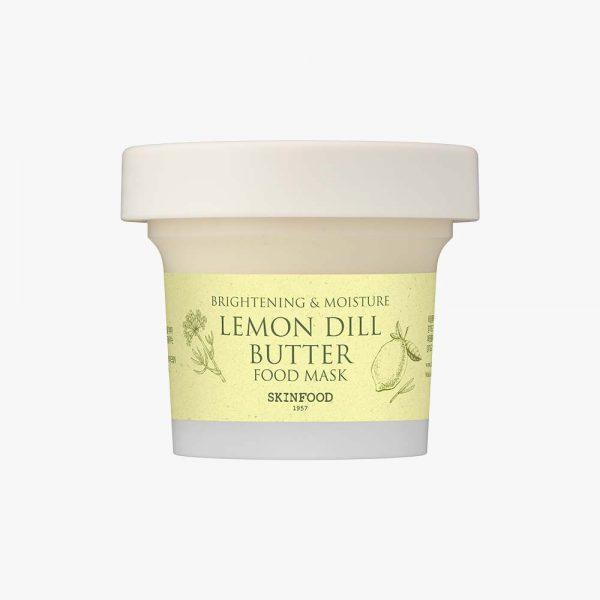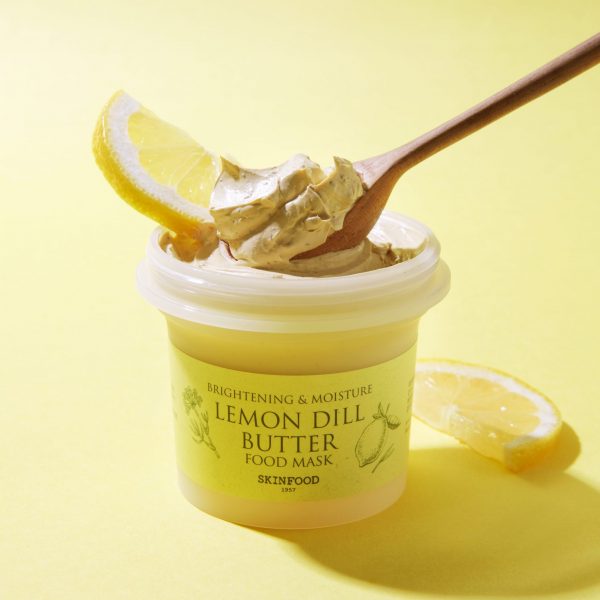Treating hyperpigmentation also known as dark spots, especially in darker skin tones, requires a good amount of consistency and patience. With the right treatment, you may start to see improvement within weeks but the wrong approach can prolong or worsen your hyperpigmentation. Here are some common mistakes:
Picking at scabs or acne spots
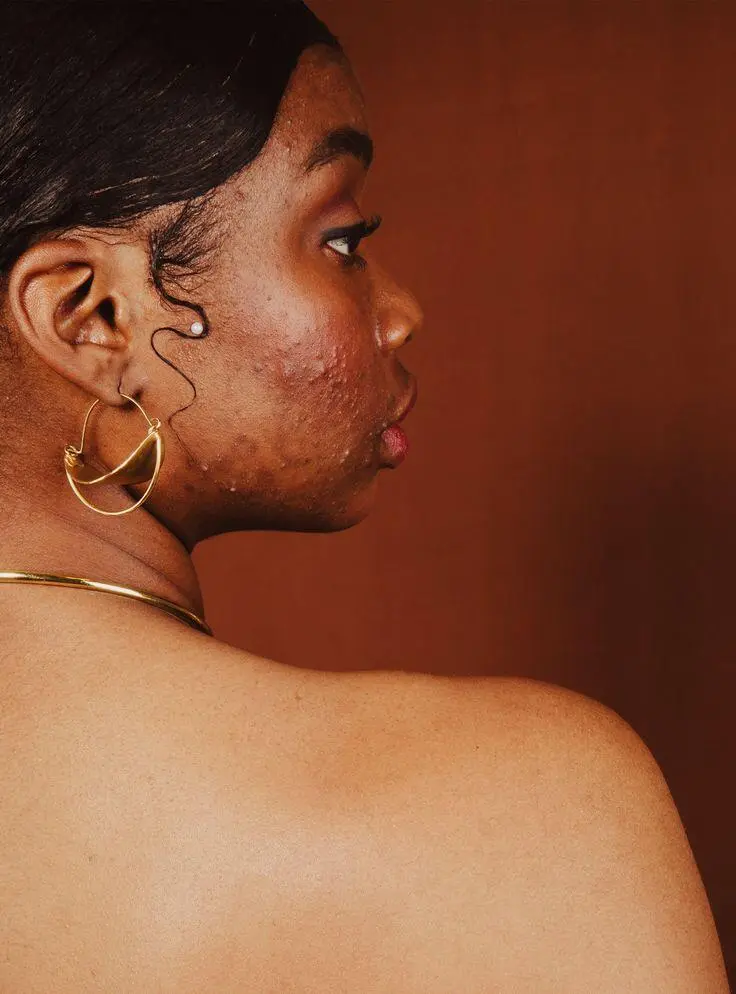
When acne is picked before it completely heals, it leads to a condition known as Post-inflammatory Hyperpigmentation (PIH). This is because as the skin attempts to heal from the trauma, new skin cells generate, often producing too much melanin and turning what was once one harmless pimple into a stubborn dark spot. This is especially prevalent in darker skin tones.
While not picking your scabs or acne spot might seem irresistible, it is absolutely possible. Products like spot treatment creams help because they directly target the root causes of acne and prevent complications. We hope the spot–pickers are taking note!
Regular and Prolonged Sun Exposure

Being in the sun for long periods of time without sun protection triggers increased melanin production as the skin’s way of protecting itself. Asides hyperpigmentation, excessive sun exposure can also lead to premature aging, loss of skin elasticity and skin cancer.
Lack of Depigmentation Ingredients in your Routine
It is important to have products that address a particular skin concern you have in order to see preferable results. For instance, if you have dry skin, your routine should consist of products that have hydrating ingredients.
It is no different when treating hyperpigmentation. Having a routine without effective depigmentation ingredients is like pouring water in a basket: futile because it’s not what your skin needs. But how do you know what exactly your skin needs?
How to Treat Hyperpigmentation the Right Way
Hyperpigmentation can be caused by a variety of factors, namely: inflammation, sun exposure and hormonal changes. However, regardless of what the cause is, here are some general steps you can take to minimize damage:
1. Using Topical Products
-
ROA 07 Repair Vitamin Toner
₦5,500.00₦4,400.00
Topical products with brightening ingredients like vitamin C are usually the first lines of defense when treating hyperpigmentation. They work because they inhibit tyrosinase, an enzyme responsible for the formation of skin darkening melanin.
Our Roa 07 repair vitamin toner works really well at addressing hyperpigmentation because it contains power-house tyrosinase-inhibitors like the aforementioned. It also does a great job at tackling anti-aging signs like wrinkles and fine lines and is a great product for combating acne and redness.
2. Using Sunscreen Religiously
While topical products help treat dark spots, sunscreen prevents them from darkening further when you go outside.
Be sure to use a sunscreen with an SPF of at least 30 or higher everyday and reapply after every two hours of physical activity or sun exposure. This is crucial because sun exposure and sweat-inducing physical activities break down the active ingredients that provide protection in sunscreens. You can only ensure you are protected all day through reapplication.
Our Aromer. Tone Control Sun Cream should go everywhere with you in every season. It is a lightweight, creamy sunscreen with spf 50+ that offers proper sun protection and additional soothing benefits for your skin.
3. Exfoliation
Exfoliation helps to speed up cell turnover, getting rid of dead skin cells and revealing brighter-looking skin. Exfoliating the proper way also helps to break pigmented cells which reduces the appearance of dark spots.
Our Skinfood Lemon Dill Butter Food Mask, featuring a nourishing blend of lemon, shea butter, mango seed butter, and cacao butter, works to brighten and clarify the complexion while providing long-lasting hydration, soothing antioxidants, and luxurious elasticity.
Be careful to not exfoliate more than 2-3 times a week as it increases sun sensitivity and can tamper with your skin barrier.
4. In-office Procedures
After months of at-home treatment with no visible improvement, it might be time to visit a dermatologist or esthetician. These are professionals that administer procedures like chemical peels, microdermabrasion and laser treatments. Your dermatologist or esthetician is in the best position to determine the procedure you will undergo depending on the cause or type of hyperpigmentation.
Takeaway
Hyperpigmentation won’t fade overnight; it could take months or even a year. So, it is important to be patient and consistent with your routine for at least 6-12 weeks to see the best results.
As they say, prevention is better than cure so establishing a well-rounded routine that’ll help you attack acne before it even forms is also key. If you’re unsure where to start, we have fantastic Acne sets that might be just what you need!

